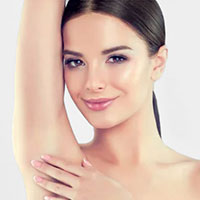Sun Damaged Skin
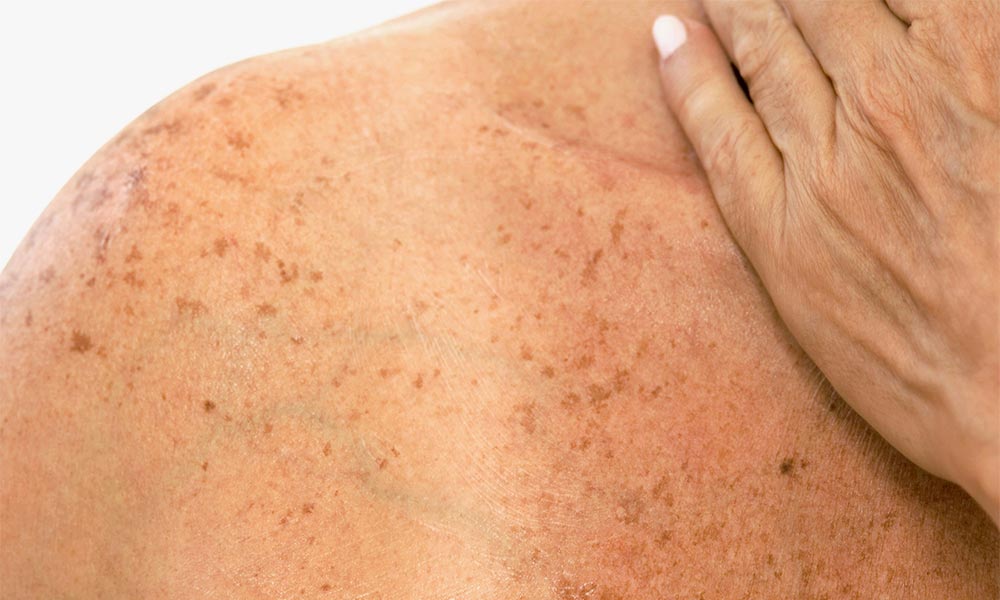
Whilst it is clearly evident the damage sun can do to the skin (if unprotected), a lot of people forget that even accidental sun exposure can be detrimental to the skin.
Here in Geelong, we are fortunate enough to be a short drive to some of the best beaches Australia has to offer. As a result, that means spending a lot of time in the sun, especially in Australia’s scorching summer months.
For some, sticking to a skincare routine that includes applying a product with a high SPF every day is challenging. However, if you neglect to protect your skin while it is exposed to the sun, it may cause extensive damage. Damage can happen faster than you think, but fortunately, there are many effective treatments available that can help treat sun-damaged skin.
At the Cosmetic Refinement Clinic (CRC), in Geelong, we take a holistic approach to treating sun damage, offering a wide range of treatment options. These treatments are aimed at treating signs such as; the appearance of wrinkles, blotchy skin and burst blood vessels which are all linked to sun damage. As sun damage is an accumulated condition that can develop over many years, a combination of treatments may be used for maximum impact.
Give us a call to schedule your consultation today to see what treatment is best suited for your skin. We look forward to developing a plan that is perfect for you.

What causes Sun-Damaged Skin?
Sun-damaged skin is caused by the ultraviolet light (UVA) in the sun’s rays. When this high-energy light hits your skin, it burns the top layers and causes your skin to lose elasticity, forming fine lines. Even worse, it also penetrates deeper to damage the underlying cells. This causes your skin to create melanin in the short term, darkening your skin and forming a tan. Over time, however, it leads to premature ageing and discolouration.
We are fortunate to live close to Australia’s stunning coast, a popular tourist destination that attracts people from all over the world. However, people living in Australia are at increased risk for sun damage due to how harsh the sun’s rays are.
Did you know that it only takes being 11 minutes out in the sun unprotected to get burnt? People with naturally fair skin are more susceptible to sun damage, as they have less protective melanin. Most sun damage occurs before you are eighteen, long before you may even be considering the long-term consequences.
At CRC, we offer a wide range of treatments that have been scientifically and medically proven to reduce the impact of sun damage, restore skin elasticity, reduce the appearance of wrinkles and promote a healthier complexion.
Our goal is to help you regain your self-confidence and provide long-lasting care.
Skin Conditions linked to sun damage:
What is Poikiloderma of Civatte?
Poikiloderma of Civatte, is a type of sun damage which presents as a combination of; telangiectasia, mottled hyperpigmentation and hypopigmentation pattern along the neck, jawline and upper chest. This condition is most evident among middle age, or elderly people of fairer skin types. It is often diagnoised in females, particularly around the time of menopause.
Research still identifies sun exposure being the biggest contributing factor however, hormones and photosensitizing ingredients in perfumes and other cosmetics have also been linked in the exacerbation of this condition.
Histological changes that have been linked to Poikiloderma of Civatte are:
- Thinning of the epidermis
- Irregularly pigmentation
- Dilated capillaries
- Flushing appearance
Recommended treatments:
- Skincare in particular a high SPF sunscreen and Retinol
- Chemical Peels
- Laser Therapy
- Ablative Laser (Fractionated laser)
What are Ephelides?
These are small pigmented lesions that appear brown in colour and are commonly referred to as “freckles”. These lesions are mostly commonly seen in lighter skin types and appear on areas that are more exposed to UV such as the face, neck, chest and arms. They will darken in response to exposure to UV rays.
What are Solar Lentigo?
These are hyperpigmented skin lesions that appear light to dark brown in colour. They are also associated with the increase in age and are more common in chronically sun exposed skin. The areas of the body which are more commonly affected are the face, hands and forearms.
The true cause of solar lentigines is UV exposure.
Areas of Concern for Sun-Damaged Skin
Many people tend to forget that sun exposure causes skin damage every day, not just on the days you spend on the beach. Most sun damage accumulates slowly over time as you go about your daily routine. That is why certain areas that are generally exposed, such as your face, neck, and hands, tend to show more signs of sun damage than areas covered more often.
Face
Sun-damaged skin on your face can be tough to prevent as it is exposed to the sun almost every day. Even when you are wearing long sleeves, your face is still visible. Sun exposure on your face can lead to wrinkles, particularly in your expression lines. It can also lead to areas of hyperpigmentation or age spots, blotchy skin, and more. Even when you take preventive measures to protect against damage, some can still occur.
Chest
Your chest and neck areas are also vulnerable to sun damage. Even if you have been diligent about applying sunscreen to your face, you may have neglected to cover these sensitive areas. The skin on your neck is particularly thin and tends to show ageing more quickly.
Legs & Arms
Your legs and arms are other places that may experience more sun damage if you spend a lot of time outside in shorts and short sleeves. Because these areas are larger, it can be less convenient to use sunscreen products on the entire surface of your exposed skin. Your arms and legs tend to show signs of sun damage by presenting brown, pigmented blotchy marks or freckles.
Treatment Options for Sun-Damanged Skin
Skin damage can be frustrating and devastating to your self-esteem, especially since it can feel inevitable and is generally most noticeable on your face. However, there are many safe and effective treatment options available to treat sun-damaged skin here at CRC.
Treatment options include:
Laser Therapy
Lasers are able to penetrate through skin and are able to stimulate collagen production, coagulate capillaries and breakdown diffused redness or pigmentation all associated with the appearance of sun damage. Laser therapy can involve a mild, non ablative skin rejuvenation treatment or a complex, ablative skin resurfacing treatment that penetrates deep to repair the most extensive damage.
Here at CRC, we use only “state-of-the-art” technology in our laser devices to provide you with the best results possible. Whether used alone or in conjunction with other treatments, laser therapy can provide long-lasting and natural-looking results.
Lumixa
Lumixa technology is the newest and most innovative non-invasive treatment available. It is also the only non-invasive procedure that can penetrate the deepest layers of skin, using LED-based technology. It is especially effective for treating redness and fine lines for a rejuvenated look. The bonus of this treatment is that clients will experience no downtime and don’t require the skin to be prepped prior to commencing treatment.
Skin Peels
Skin peels are used to improve the skin’s texture by removing the top layers, revealing healthier skin underneath. At CRC, we offer several different types of chemical peels that are able to penetrate to varying depths of the skin depending on the severity of the sun damage.
How Long To See Results?
As each treatment targets the skin differently as well as being able to penetrate to varying depths, results will vary for each client.
With many of our treatments, results may be seen after one treatment, though it may take multiple treatments to achieve the desired results.
Treatments such as laser resurfacing can take up to three months to see the full effect due to the amount of collagen production it stimulates.
Skin peels take about two to three weeks to show full changes in the skin, however in most cases three to six treatments are usually required.
Only the Best Laser Technologies
We use only the most current and superior laser technology available in all of our laser devices, ensuring that you are getting treatment that specifically targets your needs. We are proud to offer both the Pearl Fractional laser and the Revlite Q-Switched Laser. Both considered the gold standard in laser technology for the conditions they treat.
The Pearl Fractional laser is an ablative laser that is adept at targeting damaged skin cells deep below the surface while avoiding healthy cells. This allows the healthy cells to provide the treated cells with nutrient support while healing.
On the other hand, the Revlite Q-Switched laser is a non-ablative type of laser device that is gentler and ideal for lighter skin rejuvenating procedures. It is considered the premier technology for removing darkened pigmented lesions and tattoos.
In addition to these innovative lasers, we also offer a range of more specialised technology. Ask about our KTP 532nm or Nd:Yag 1064nm laser devices for any vascular conditions or the Alexandrite, 755nm laser for superficial skin discolourations.
Fully-Trained Dermal Clinicians For Your Safety
At CRC, we only use medical-grade devices that utilise the most current and powerful technology available. This makes these machines more effective for treatment and safer to use. If they are not performed by the right person who has a solid understanding of laser physics and light interaction with the skin, they can be very dangerous.
That is why all of our laser treatments are only performed by our dermal clinicians who have the highest level of qualification within their field, graduating with a Bachelor of Health Science, Dermal Science degree. Furthermore, all of our procedures are performed under the supervision of a world-class plastic and reconstructive surgeon.
Treating sun-damaged skin can be a complicated and multi-step process, but we are here to provide you with the guidance you need to get the results you deserve. We are committed to expanding our services regularly as technology improves so you can continue to get the best care in Australia.
If you are ready to reverse the effects of sun damage on your skin, give us a call to schedule a consultation appointment with one of our dermal clinicians.
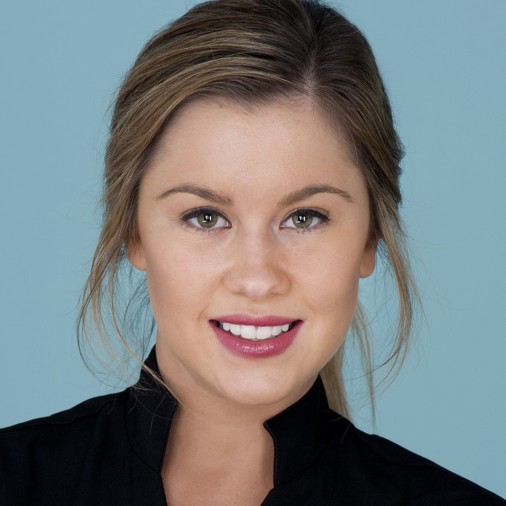
Book an appointment with Hayley today!
All consultations cost $55.00 and are performed by our experienced dermal clinicians.
Treatments For Sun Damaged Skin
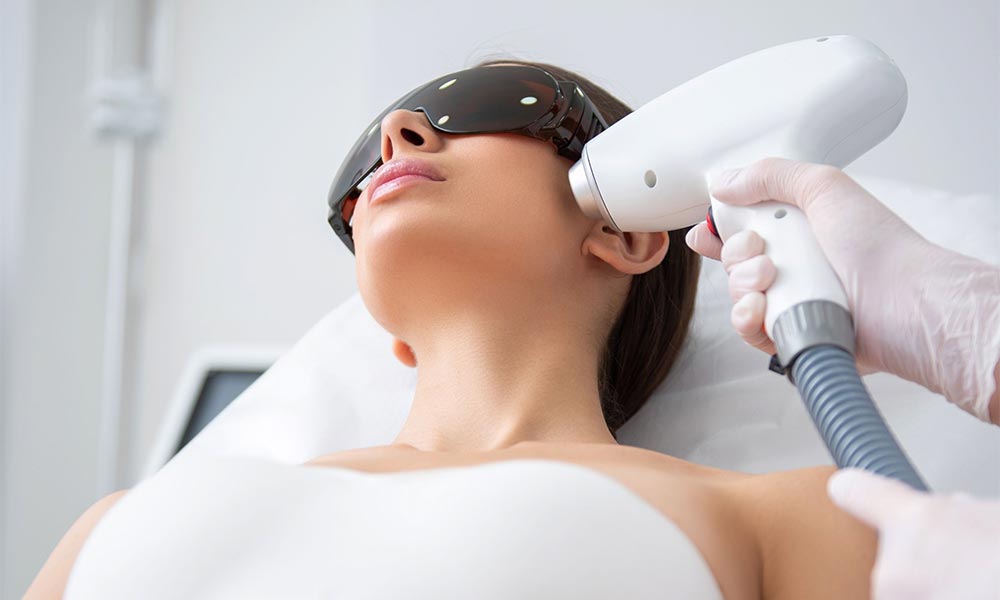
Laser Therapy
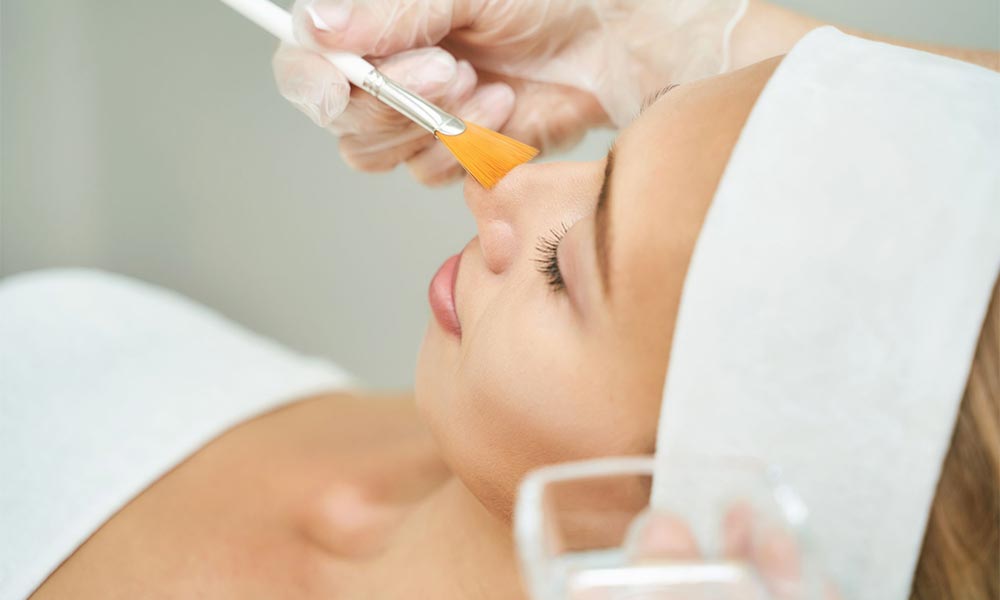
Skin Peels

Laser Skin Rejuvenation
Related Products
related
Refine Insights
A Comprehensive Guide to Ultherapy
Ultherapy using HIFU (High-Intensity Focused Ultrasound) is an effective non-surgical facelift treatment that lifts and tightens the skin on the face, neck and decolletage. This treatment is gaining popularity because it offers a non-invasive alternative to surgical facelifts and produces stunning, natural-looking results.
Good things come to those who cleanse…
2020 gifted us all with more time (perhaps a bit too much?) to prioritize self-care. With nowhere to be, I flirted with the possibility of make-up free days – an event which would have previously incited crippling anxiety and last-minute sprints to the bathroom to...
Notox – the no needle option to anti-ageing
Need a skin refresh without cosmetic injectables? Here are some alternative dermal treatments offered by CRC Geelong leaving your skin feeling refreshed and you looking rejuvenated. Fine lines and wrinkles are creeping in and you have a fear of needles? Try these...
latest
Specials
The clinic runs different skin treatment and/or skincare specials and promotions throughout the entire year.
These promotions are usually updated at the start of each new season; summer, winter, autumn, spring.
save with our
Packages
Many of our skin treatments and skincare programs require multiple appointments to achieve the transformational and long lasting results you are looking for.
Pre-booking our packages allows you to save on cost and lock in your sessions.

